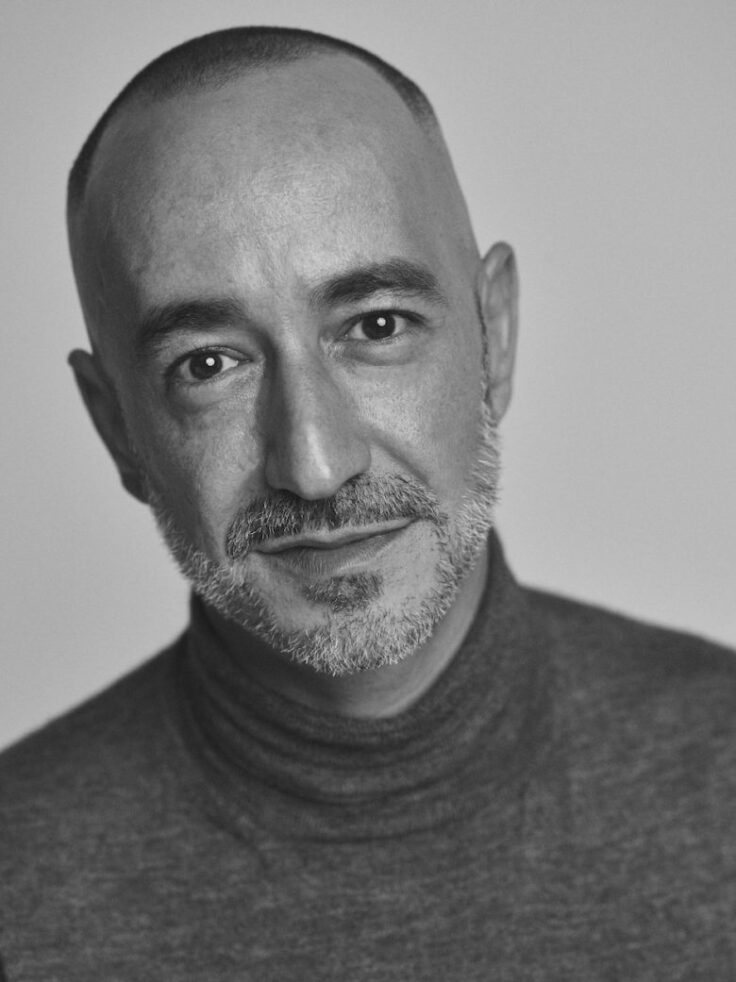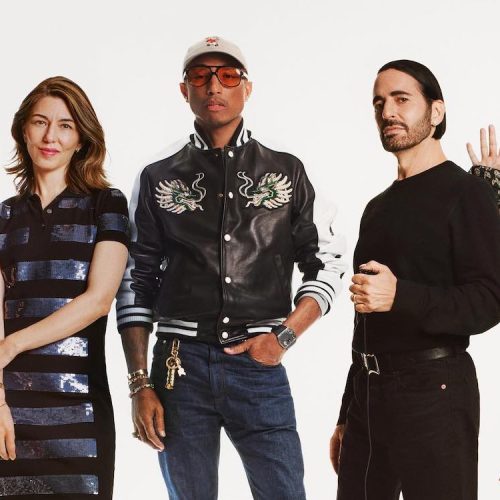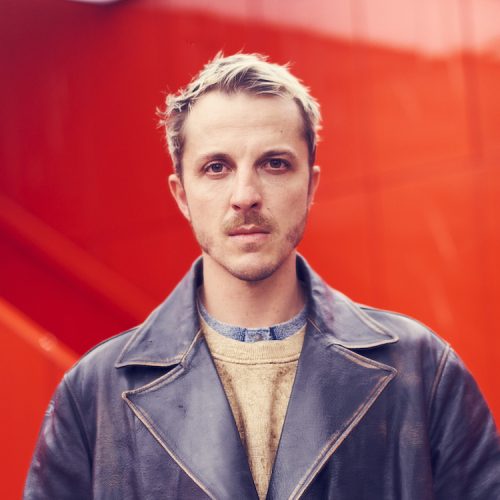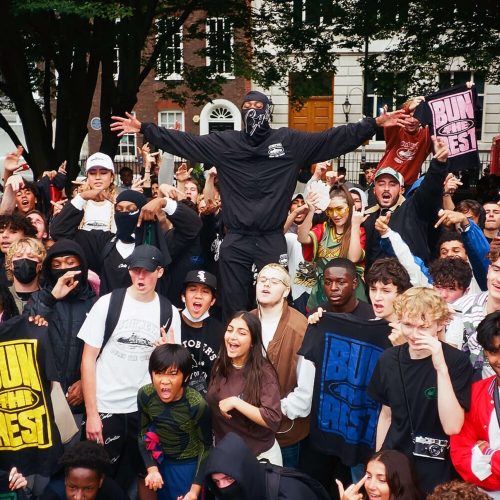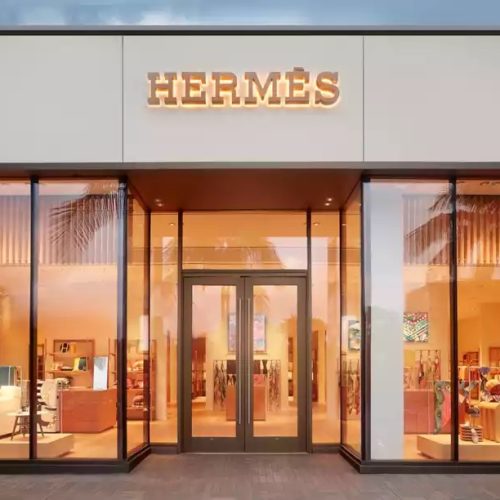Not every rise to the top is radical. But when you are Arab in a predominantly white industry, carving out a vast career in fashion inherently is. That’s what makes Saif Mahdhi a revolutionary, but that’s not all that he is.
“I am not an Arab agent but I am an agent who is Arab,” the veteran talent agent says to me, over breakfast at Sidi Bou Said’s La Villa Bleu, one of his favourite hangouts in Tunis.
Looking out onto the azure Mediterranean waters surrounding the hotel’s tiny balcony, I quickly understand why he loves it so much. The Tunisian-made pomegranate jelly we’d gluttoned over was just another perk.
With a cleaning lady as a mother and a garbage man as a father, Mahdhi comes from humble beginnings. Today, he is one of the world’s biggest talent agents.
As of last June, he left the safety of being a part of a large talent agency and founded his own company alongside his partner Joseph Belingard. Entitled SAFE Management, his roster includes names like Caroline De Maigret, Isabella Rossellini, Anja Rubik, Shalom Harlow and Rilès – all of whom aren’t just clients to Mahdhi, they’re practically family. He is the quintessential model minority, but we all know how damaging that narrative can be.
https://www.instagram.com/p/B5nhmUMIM4J/
Mahdhi refuses to succumb to the identity ultimatums that the world often imposes on immigrant children like him, all while remaining a champion of representation. But above all, Mahdhi is a champion of hard work.
As we chat over buttery croissants, his arrival to this point in his life makes perfect sense. Mahdhi’s career is underpinned by unparalleled talent, and above that, the confidence to evolve and get things done.
Let’s start with the past, how did you get into the fashion world?
I had an interview in an advertising agency to sell ad space but went to a modeling agency by mistake. I started there as an assistant. After a few weeks, one agent got sick, so I had to replace him. I started dealing with major fashion houses like Saint Laurent and Chanel.
Considering your accidental start, did you take the job seriously at first?
It was about survival in a way. I needed to work, so I was taking it very seriously. It was an industry I didn’t know at all. I had never opened a fashion magazine, I didn’t know what casting was, I didn’t know what was an option, I didn’t know anything about photographers. It was a whole other universe.
At what point did you stop seeing your job through that ‘survival’ lens?
I started being really into fashion and creativity. I realized that my job was more than just booking people. I had to see a model and understand who she would inspire, which photographer, and which designer. At the time, Hubert de Givenchy was at Givenchy, Gianfranco Ferre was at Dior, and then this new generation came, John Galliano, Helmut Lang, and there was this big fashion moment. I understood that I had a talent and that my talent was recognizing people’s talent.
Having spent a while at NEXT, you’ve launched your own agency, SAFE Management. What’s your vision?
I always loved long-term relationships, and representing people is a very intimate relationship. You have to know them, and that doesn’t happen in a second. I am representing some big models, but SAFE is not a modeling agency. I like working with artists to manage their image while they work on their craft. It’s so interesting as you navigate so many universes between, actors, singers.
What does the future of SAFE management look like?
I know how to do business but I am not a businessman. It’s very instinctive. I have been telling my friends that I don’t want the company to be bigger than eight people and that I didn’t want to represent more than 40 people or have more than three agents. I don’t want it to become a factory. I want to use my platform to showcase young talent.
https://www.instagram.com/p/BzLBb5BIeq5/
It’s no secret that fashion and entertainment both have pretty racist histories, is there anything you’re going to do differently now that you’ve ventured out?
I think we are still in transition at this point. At the beginning of my career, people used to say that it was complicated to have Arab girls as models because they were Muslim, and this was cultural. It was just an excuse. Even today it’s not like we have a lot of diversity. But it’s not like how it used to be. A lot of figures in the industry fought for this, like Edward Enninful and Naomi.
Who are some of your favourite Arab faces?
We’ve had people like Hanaa Ben Abdesslem, and now I work with Azza Slimene and she’s not an ‘Arab’ model, she’s just a model. But every time I posted Azza on Instagram I used to put Tunisian flags to remind people that she is Tunisian, but one day, Caroline De Maigret called me out on it, and she was right, I don’t put Polish flags on pictures of Anja Rubik. I was doing it to show that there are beautiful girls that are Arab. But it’s a double-edged sword. I have a voice, and I want to use it to make a positive impact, and I am in a position to make some rules and impose a vision on who we take on and how we market them.
Photo by Nico Bustos





